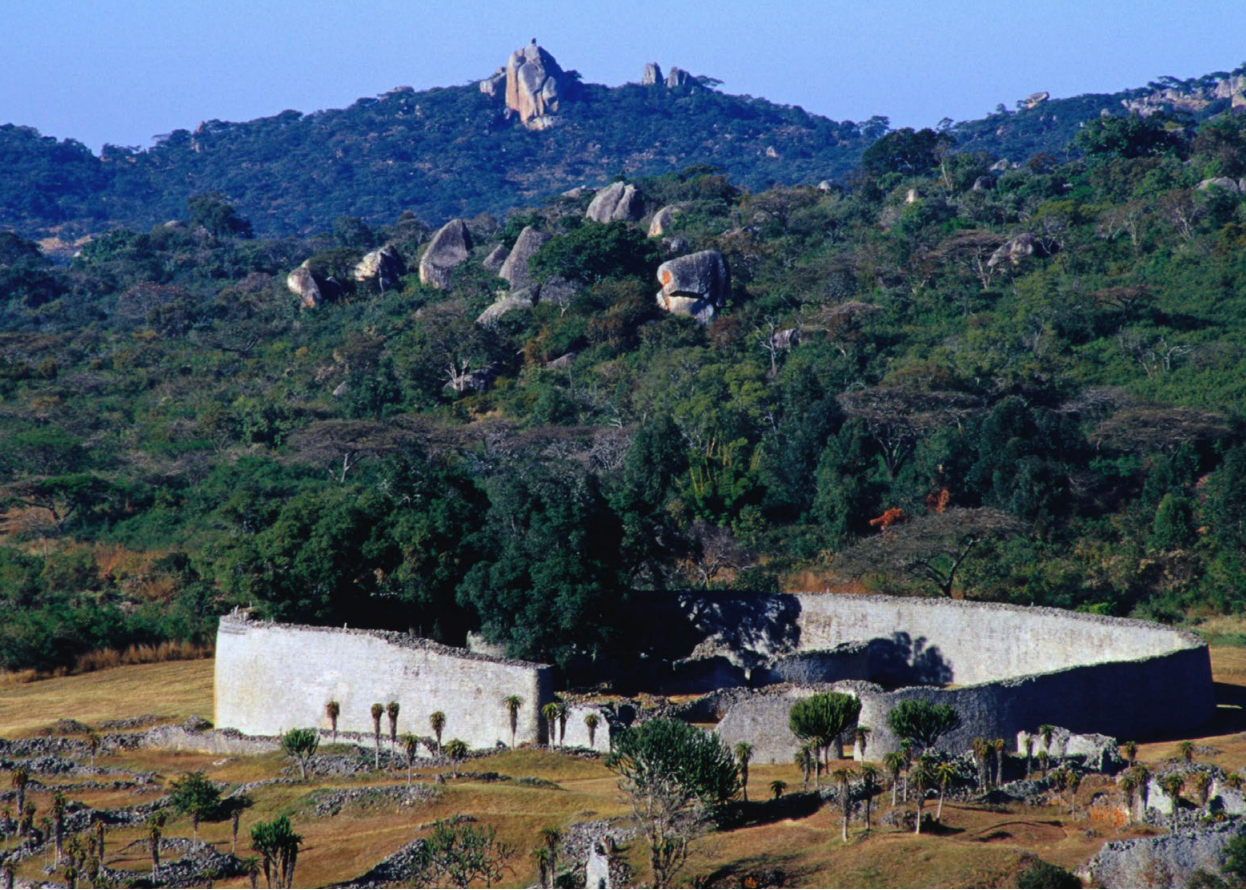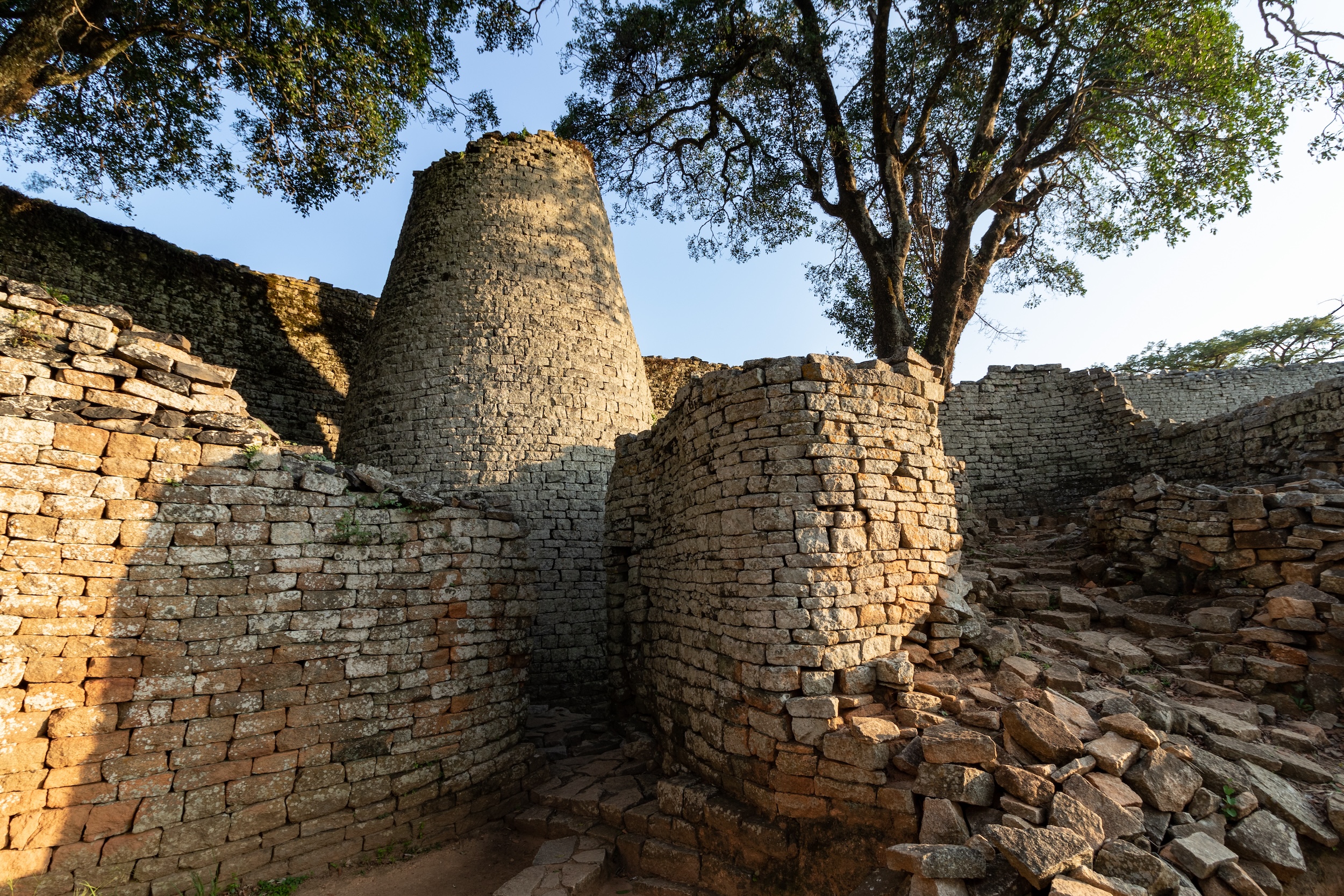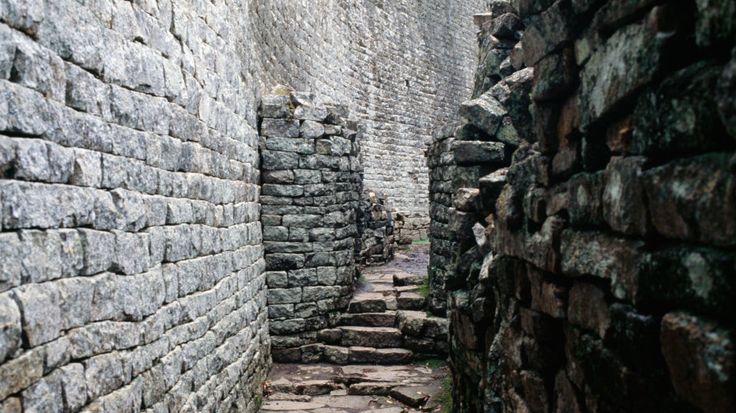Culture and Trade in Southern and East Africa
Zoe Green
7 min read
Listen to this study note
Study Guide Overview
This study guide covers the Kingdom of Zimbabwe (trade, architecture of Great Zimbabwe, significance of its ruins) and the Swahili Coast City-States (trade, cultural unity, impact of Portuguese invasion). It emphasizes the importance of challenging Eurocentric views and understanding the sophistication of pre-colonial African societies. The guide also includes practice questions and exam tips covering multiple-choice, short answer, and free-response formats.
#AP African American Studies: Kingdom of Zimbabwe & Swahili Coast Study Guide
Hey! Let's get you prepped for the exam. This guide is designed to be your go-to resource, hitting all the key points you need to know about the Kingdom of Zimbabwe and the Swahili Coast. Let's make sure you feel confident and ready to ace this!
#🏛️ Kingdom of Zimbabwe (12th-15th Century)
#
Trade Connections
- Time Period: Flourished from the 12th to 15th century in Southern Africa.
- Key Players: The Shona people, who became wealthy from their resources.
- Trade Goods:
- Gold 💰
- Ivory 🐘
- Cattle 🐄
- Trade Hub: Great Zimbabwe, the capital city, was a major center connecting the kingdom to the Swahili Coast.
#
Great Zimbabwe's Architectural Marvels
- Stone Architecture: Known for its impressive large stone structures (check out the photos below!).
- Purpose:
- Military defense 🛡️
- Hub for long-distance trade 🌐
- Religious activities 🙏
- Administrative activities 🏛️
- Key Features:
- Great Enclosure: A massive circular wall.
- Conical Tower: Likely used as a granary for storing grain and other agricultural products.
Remember, Great Zimbabwe's architecture wasn't just for show; it served important practical and symbolic purposes. Think defense, trade, religion, and administration.
#
Significance of Great Zimbabwe Ruins
- Symbol of Power: Demonstrates the prominence and autonomy of the Shona kings.
- Agricultural Advancements: Testament to the agricultural advancements of early African societies.
- Pre-Colonial Sophistication: Shows the complexity of pre-colonial African civilizations.
- Challenges Eurocentrism: Counters narratives that downplay African achievements.
Think of G.A.P.S. to remember the significance of Great Zimbabwe: Greatness of Shona kings, Agricultural advancements, Pre-colonial sophistication, and Shattering Eurocentric views.

<br>
*Great Zimbabwe's impressive stone walls.*

<br>
*The Great Enclosure, showcasing advanced construction techniques.*

<br>
*The conical tower, likely used as a granary.*
Practice Question
Multiple Choice Question
-
Which of the following best describes the primary function of the Great Enclosure at Great Zimbabwe? (A) A residential area for the common people (B) A site for religious and administrative activities (C) A marketplace for trade with the Swahili Coast (D) A defensive structure against external invaders
-
The Kingdom of Zimbabwe's wealth was primarily derived from the trade of which resources? (A) Spices, silk, and textiles (B) Gold, ivory, and cattle (C) Slaves, sugar, and tobacco (D) Iron, timber, and salt
Short Answer Question
Briefly explain how the architecture of Great Zimbabwe challenges Eurocentric narratives about pre-colonial African societies.
#🌊 Swahili Coast City-States (11th-16th Century)
#
Geographic Location and Trade
- Location: Stretches from Somalia to Mozambique along the East African coast.
- Origin of Name: Derived from sawahil, the Arabic word for coasts.
- Trade Connections: Coastal location linked Africa's interior to various trading communities:
- Arab
- Persian
- Indian
- Chinese
The Swahili Coast acted as a crucial intermediary, connecting the resources of Africa with the demands of the Indian Ocean trade network.
#
Cultural Unity
- Time Period: Between the 11th and 15th centuries, city-states shared common elements.
- Language: Swahili, a Bantu lingua franca, facilitated communication and trade.
- Religion: Islam was adopted and practiced by the majority of the population.
- Cultural Cohesion: Shared language and religion fostered a sense of cultural identity and strengthened economic and political ties.
Remember L.I.C. to recall the unifying factors of the Swahili Coast: Language (Swahili), Islam, and Cultural identity.
#
Impact of Portuguese Invasion
- Portuguese Interest: The strength of the Swahili Coast trading states attracted Portuguese attention.
- Invasion: Portuguese invaded major city-states in the 16th century, aiming to control Indian Ocean trade.
- Disruption: Portuguese presence disrupted existing trade networks and political structures.
- Adaptation: Swahili city-states adapted to the changing political landscape, with some collaborating and others resisting.
- Resilience: Despite Portuguese influence, Swahili culture and trade persisted.
Don't assume that the Portuguese completely destroyed Swahili culture. While they disrupted trade, Swahili culture showed impressive resilience.

<br>
*Map of Indian Ocean trade routes from the Swahili Coast.*
Practice Question
Multiple Choice Question
-
Which of the following best explains the role of the Swahili language in the context of the Swahili Coast? (A) It was a secret code used by traders to conduct business. (B) It served as a lingua franca facilitating communication and trade among city-states. (C) It was a religious language used primarily in mosques. (D) It was a language used only by the ruling elite of the city-states.
-
What was a major consequence of the Portuguese arrival on the Swahili Coast in the 16th century? (A) The complete eradication of Swahili culture (B) The strengthening of existing trade networks (C) The disruption of trade networks and political structures (D) The expansion of Swahili city-states into the interior of Africa
Free Response Question
Analyze the impact of both internal and external factors on the development and transformation of the Swahili Coast city-states between the 11th and 16th centuries. Provide specific examples to support your argument. (6 points)
- Point 1: Identification of internal factors (e.g., shared language, religion) (1 point)
- Point 2: Explanation of how internal factors fostered unity and trade (1 point)
- Point 3: Identification of external factors (e.g., Portuguese invasion) (1 point)
- Point 4: Explanation of how external factors disrupted existing structures (1 point)
- Point 5: Discussion of Swahili resilience despite external pressures (1 point)
- Point 6: Use of specific examples to support the analysis (1 point)
#🎯 Final Exam Focus
Okay, you're in the home stretch! Here’s what to focus on for the exam:
- High-Value Topics:
- Kingdom of Zimbabwe: Its trade networks, architectural significance, and the symbolism of Great Zimbabwe. Make sure you understand how it challenges Eurocentric views.
- Swahili Coast: The cultural unity fostered by Swahili language and Islam, its role in Indian Ocean trade, and the impact of Portuguese arrival. Remember the resilience of Swahili culture.
- Common Question Types:
- Multiple Choice: Expect questions that test your knowledge of key facts, dates, and the significance of cultural and economic developments.
- Short Answer: Be ready to explain the importance of Great Zimbabwe and the factors that shaped the Swahili Coast.
- Free Response: Practice analyzing the interplay of internal and external factors and how they impacted the development of these societies. Focus on providing specific examples to support your arguments.
- Last-Minute Tips:
- Time Management: Don't get bogged down on one question. If you're stuck, move on and come back later.
- Common Pitfalls: Avoid generalizations about pre-colonial Africa. Be specific and use the evidence you've studied.
- Strategies: Read each question carefully and underline key words. Plan your essays before you start writing to ensure you cover all the points.
Remember, the AP exam often combines multiple concepts. Be prepared to connect the Kingdom of Zimbabwe and the Swahili Coast in your responses. Think about how their trade networks were linked and how they both demonstrate the sophistication of pre-colonial African societies.
You've got this! You're knowledgeable, prepared, and ready to show what you know. Go get that score! 💪
Continue your learning journey

How are we doing?
Give us your feedback and let us know how we can improve





